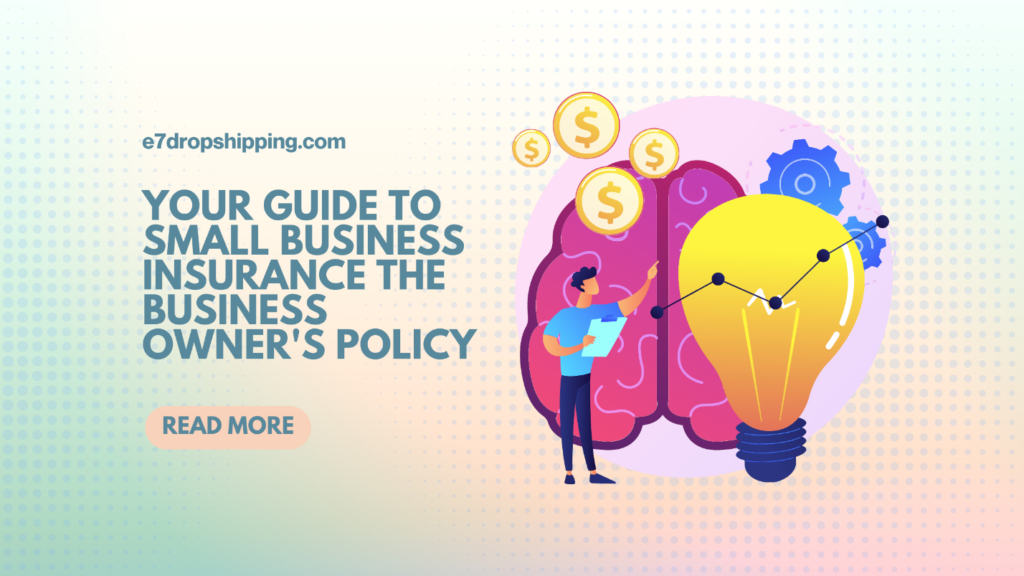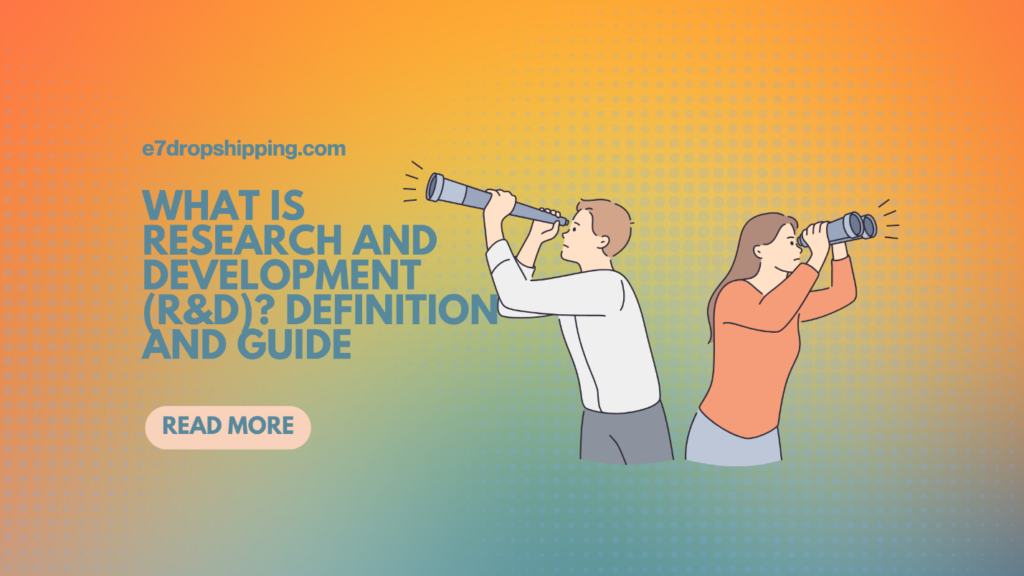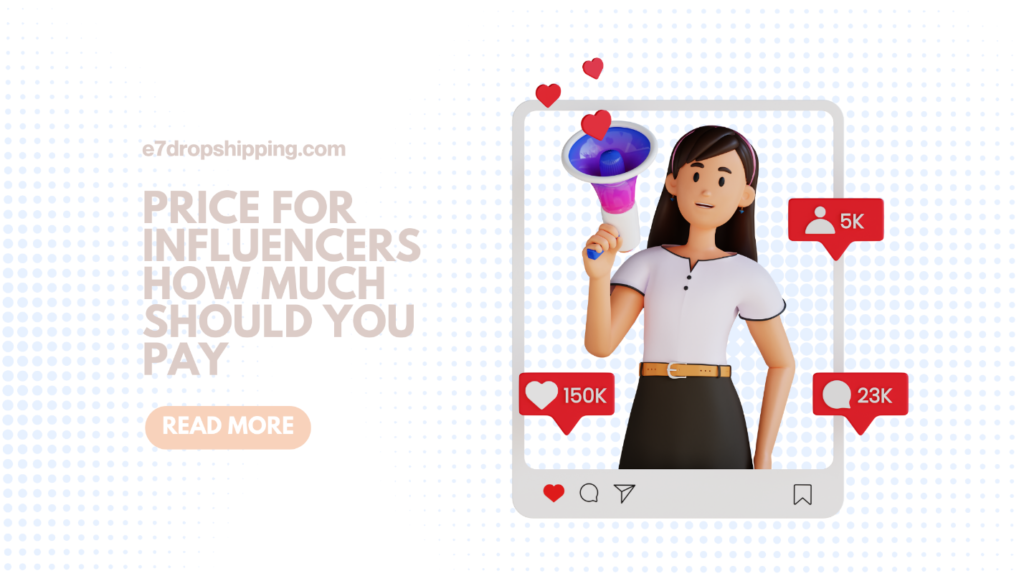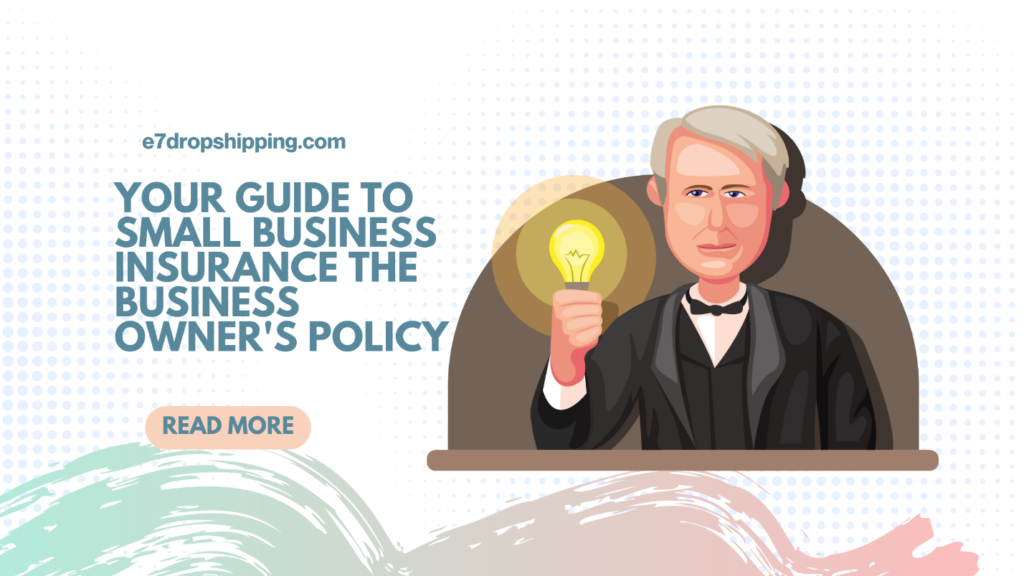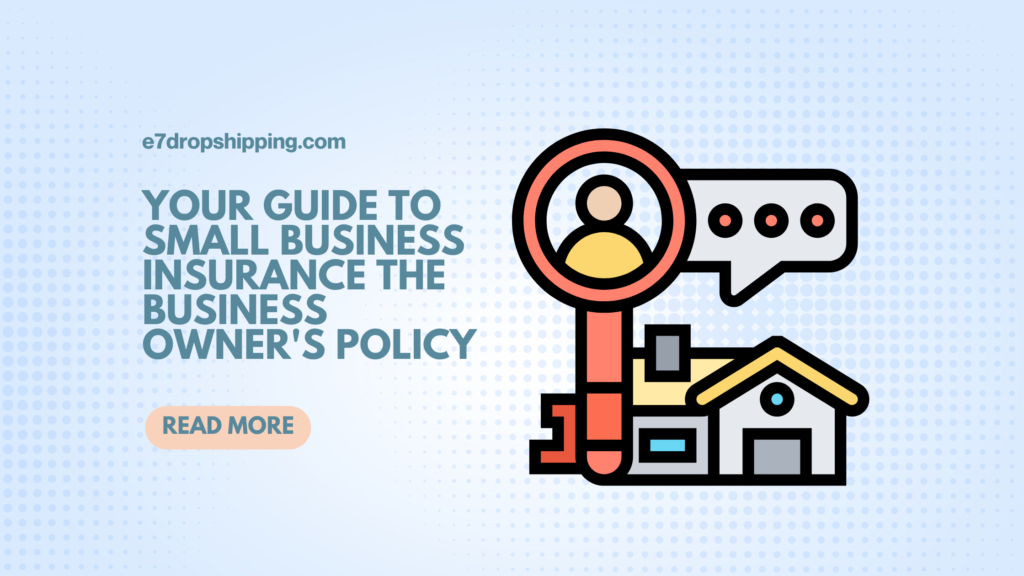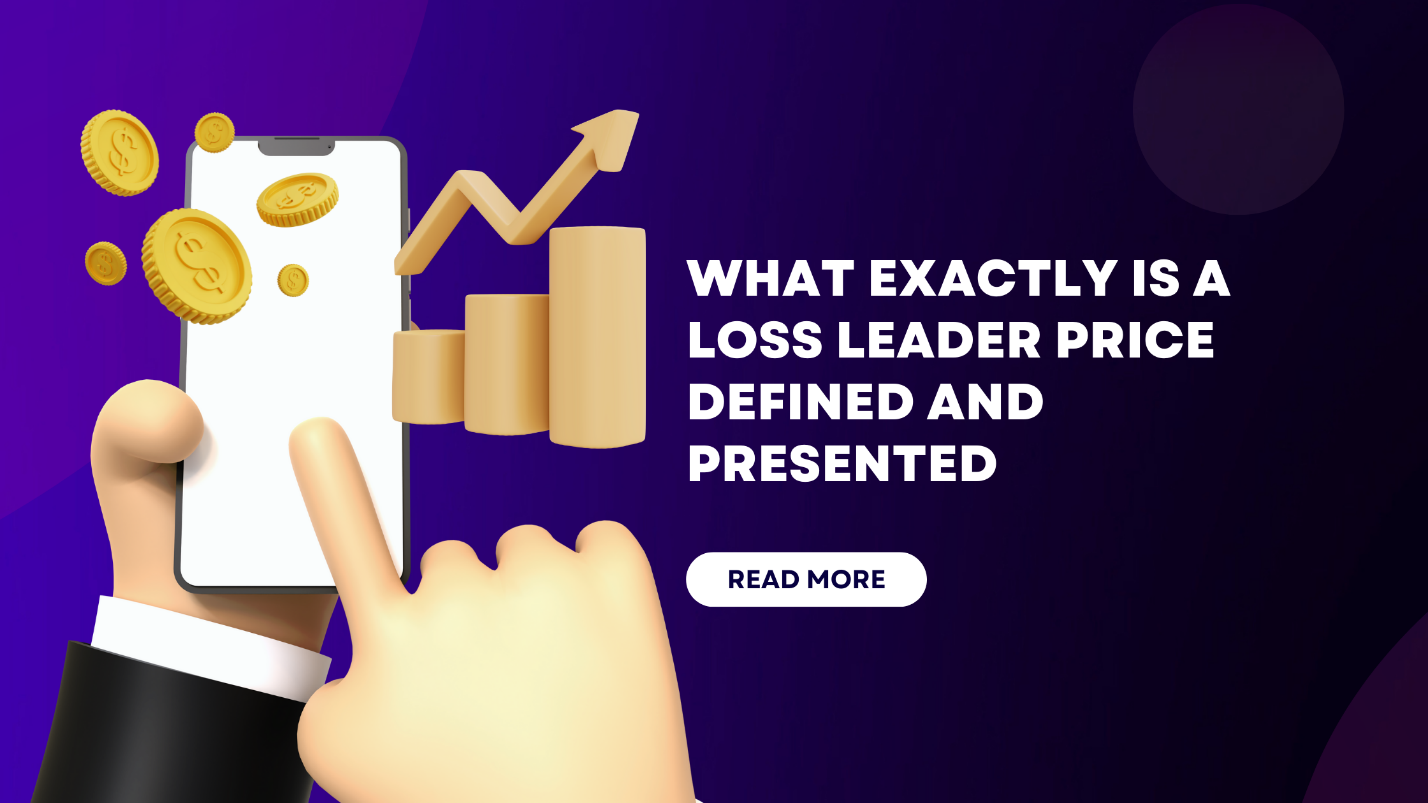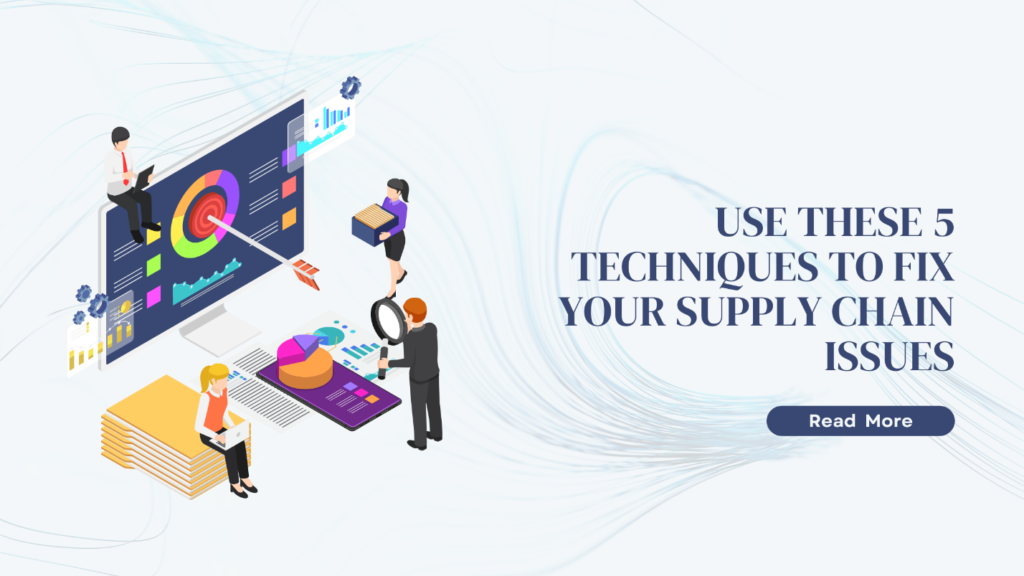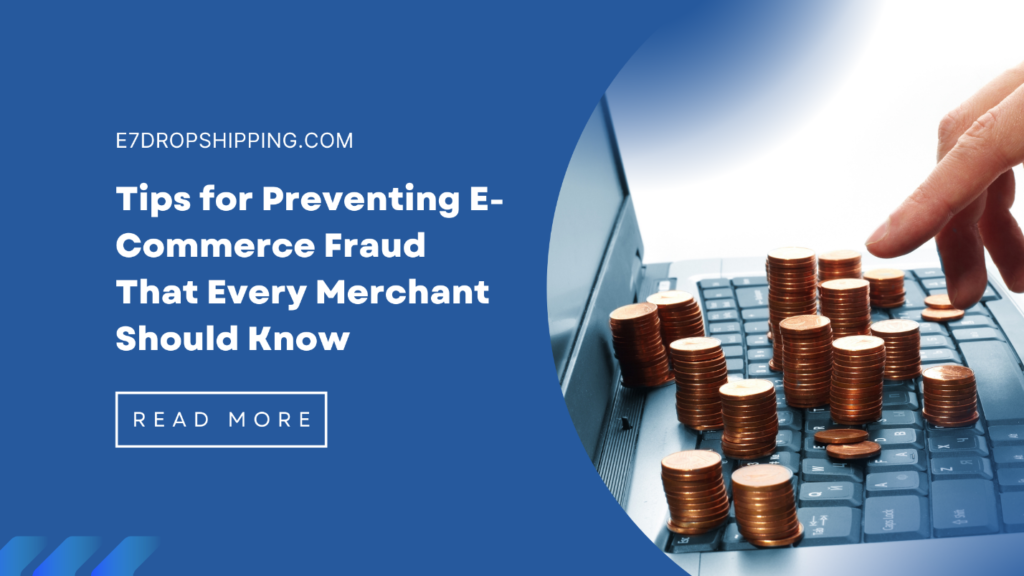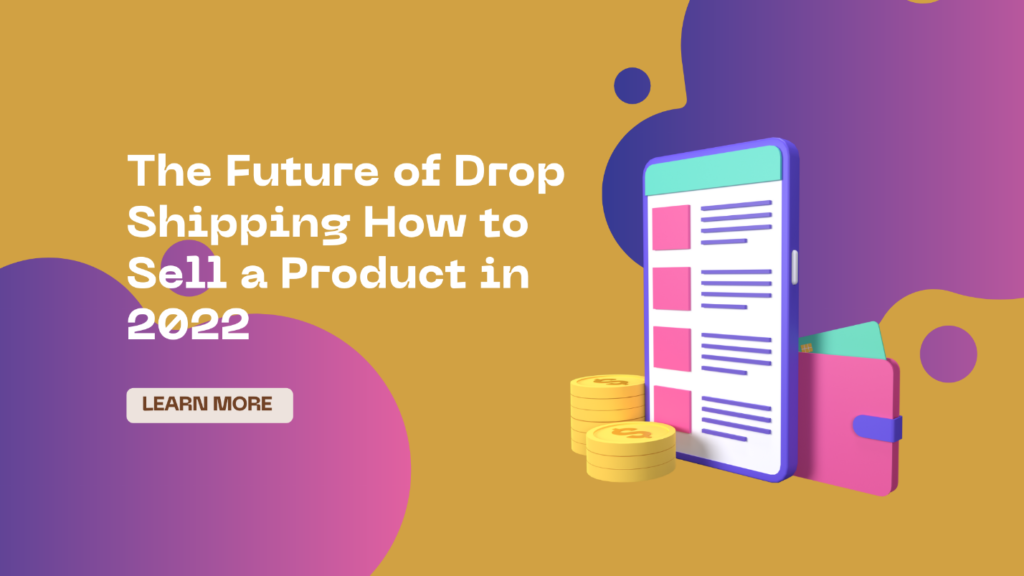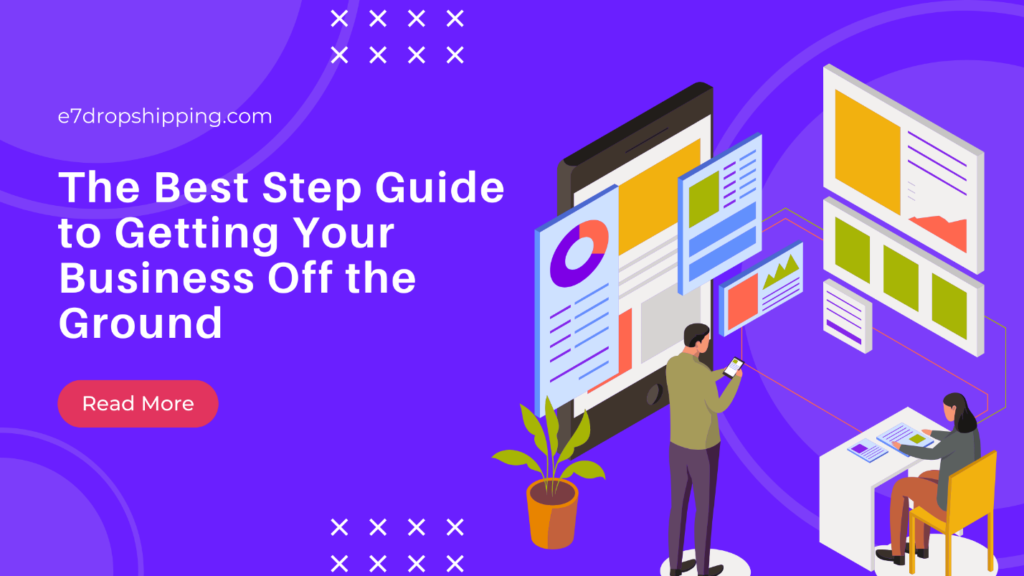Your Guide to Small Business Insurance The Business Owner\’s Policy
The popularity of prepackaged first aid kits is understandable. They typically cost less than homemade alternatives, don\’t need to be assembled, and take the work of choosing what to include out of the equation.
A business owner\’s policy can be compared to the ready-made first aid kit of commercial insurance. These insurance plans are typically provided at a discounted price and are especially created to meet the needs of small and midsize business owners.
What exactly is a BOP (business owner’s policy)?
A type of small business insurance called a business owner\’s policy combines various coverage options into a single insurance plan. These packages frequently provide insurance at a lower cost than the same policies when bought separately. Small and medium-sized businesses in lower-risk sectors like manufacturing, retail, and food service are typically the only ones eligible for business owner\’s policies.
What is typically covered by a business owner\’s policy?
Consider a business owner\’s insurance policy as a comprehensive or mostly comprehensive defense against common lawsuits and property damage. The coverage limits, exclusions, and prices offered by various insurance companies under different policies vary. The specifics vary depending on your business\’ needs and the options provided by an insurance provider, but the majority of business owner\’s insurance policies cover:
Property harm Commercial property insurance, which covers damage to commercial properties like offices or storefronts as a result of fire, accidents, natural disasters, or vandalism, is frequently included in business owner\’s policies. Business owners may receive compensation from property insurance for losses to inventory or equipment.
Obligation to pay. When a business conducts regular business operations, general liability insurance covers any damage the business may cause to third parties or their property. Liability insurance can provide coverage for personal injury, property damage, and advertising injury (like claims of libel or wrongful prosecution). The insurance may cover the injured party\’s medical costs in the event of a covered incident, reimburse business owners for costs associated with property damage, and pay legal costs incurred as a result of a liability claim.
Interruption of business. A significant incident that damages a commercial property can also lead to a loss of revenue for the business. The income lost as a result of a covered incident can be replaced by business interruption insurance, which is frequently included in a business owner\’s policy.
In order to tailor a business owner\’s policy to your company\’s unique needs, many insurance companies also provide policy add-ons. You can include the following policies in your BOP or they may already be in your policy.
Liability protection for employment practices. Employers may be reimbursed by employment practices liability insurance for expenses associated with a lawsuit alleging discrimination or illegal termination.
Cyber liability insurance. Businesses are reimbursed for costs associated with cyberattacks, such as ransomware and data breaches, which are becoming more frequent. It is advantageous if you must alert clients to an attack and can compensate them in the event of a claim.
Flood protection. Many business owner\’s policies do not include flood-related property damage in their fundamental coverage. For an additional cost, some insurance companies let business owners add flood insurance to a BOP.
Insurance for workers\’ compensation. The requirement for businesses to carry workers\’ compensation insurance varies by state. Even though a typical business owner’s policy does not include this kind of coverage, some providers do.
Insurance covering professional liability Professional liability insurance, also referred to as errors and omissions coverage, provides financial security for negligence claims involving professional services. A typical business owner\’s policy does not typically include professional liability insurance.
Insurance for commercial vehicles. Liability protection and business vehicle damage coverage are both provided by commercial auto insurance. The typical business owner\’s policy does not provide it.
Keep in mind that different insurance companies have different restrictions on policy add-ons. For instance, many providers demand a separate policy for this coverage even though some small business insurance companies offer workers\’ compensation insurance as an add-on to a BOP.
How is a BOP put to use?
BOP insurance is not available to all types of businesses. A business owner\’s policy is typically only available to small companies operating in lower-risk sectors (like manufacturing, retail, and the food service industry). Typically, this refers to companies that are locally based, employ fewer than 100 people, generate annual revenues below $1 million, and require business interruption insurance for a shorter period of time.
If you operate an office or sell goods from a storefront, a BOP might be a good fit for you. However, keep in mind that it might not be the only insurance policy you require (see the policy add-ons mentioned above). For instance, you must buy commercial auto insurance separately if you have any vehicles, and you still need workers\’ compensation insurance if you have any employees. A BOP is not always an all-inclusive insurance solution.
